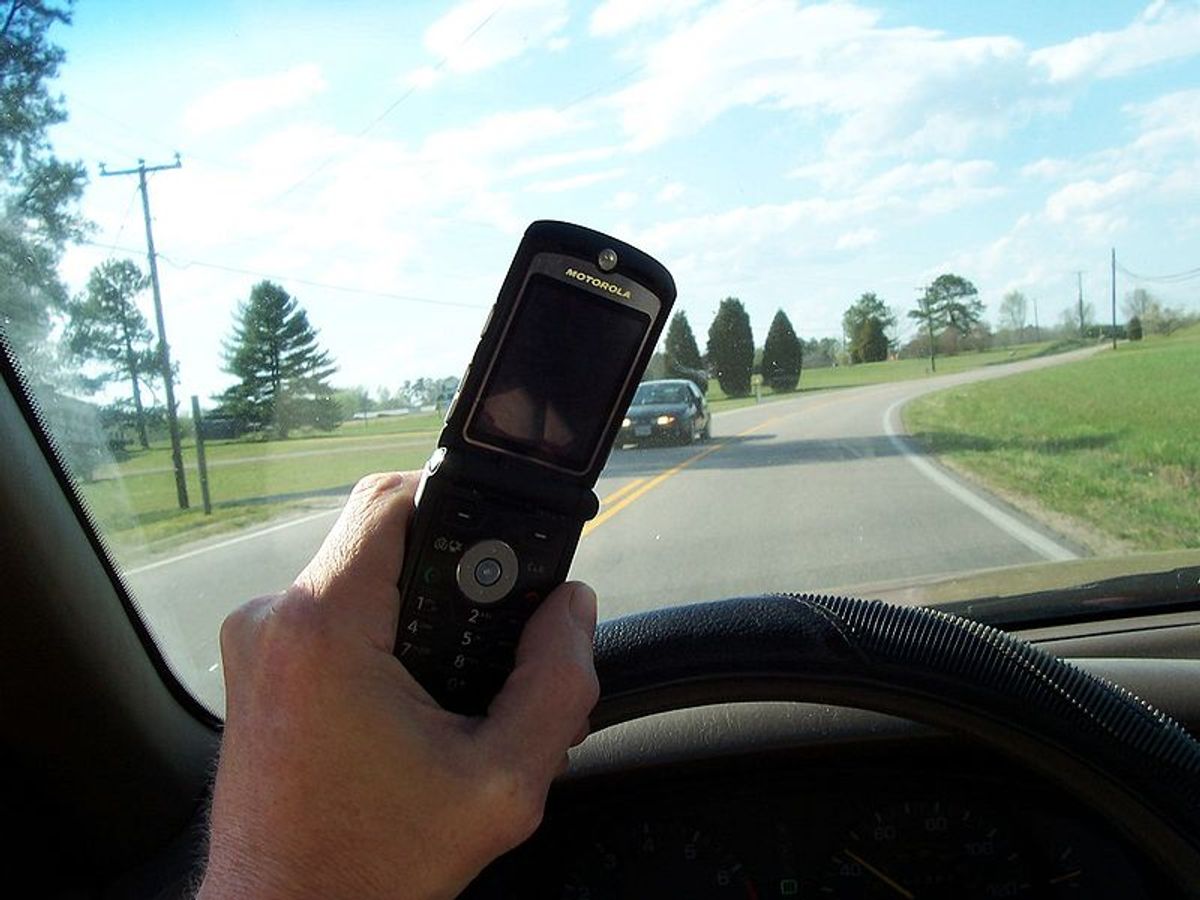"Many people have this overconfidence in how well they can multitask, and our study shows that this particularly is the case when they combine two visual tasks," says Zheng Wang, lead author on the study and assistant professor of communication at Ohio State. The results are in line with previous work that suggest that drivers overestimate their ability to multitask.
The participants attempting two visual tasks had to complete a pattern-matching puzzle on a computer screen while typing walking directions to a person over Google Chat, an instant-messaging (IM) system. Students were told the person needing directions was another student named Jennifer. The students tasked with the combined audio and visual tasks had to complete the same computer puzzle while verbally giving directions to Jennifer using Google Talk, a voice chat system. The students were also asked to do the computer puzzle with no distractions.
The two multitasking scenarios can be compared to what drivers face, says Wang. People who text while driving are combining two mostly visual tasks, and people who talk while driving are combining audio and visual tasks.
The results showed that multitasking of either kind—audio or visual—seriously hurt performance. Participants who gave audio directions showed a 30 percent drop in performance on the pattern-matching puzzle. But those who typed directions did even worse: a 50 percent drop in performance. "They're both dangerous, but...texting is more dangerous while driving than talking on the phone, which is not a surprise," says Wang.
What is alarming is that when participants were asked to rate how well they performed, those who typed directions gave themselves higher ratings than those who gave verbal directions.
"It may be that those using IM felt more in control because they could respond when they wanted without being hurried by a voice in their ears," Wang said. "Also, processing several streams of information in the visual channel may give people the illusion of efficiency. They may perceive visual tasks as relatively effortless, which may explain the tendency to combine tasks like driving and texting."
The study appears in the recent issue of the journal Computers in Human Behavior.
Emily Waltz is a features editor at Spectrum covering power and energy. Prior to joining the staff in January 2024, Emily spent 18 years as a freelance journalist covering biotechnology, primarily for the Nature research journals and Spectrum. Her work has also appeared in Scientific American, Discover, Outside, and the New York Times. Emily has a master's degree from Columbia University Graduate School of Journalism and an undergraduate degree from Vanderbilt University. With every word she writes, Emily strives to say something true and useful. She posts on Twitter/X @EmWaltz and her portfolio can be found on her website.



